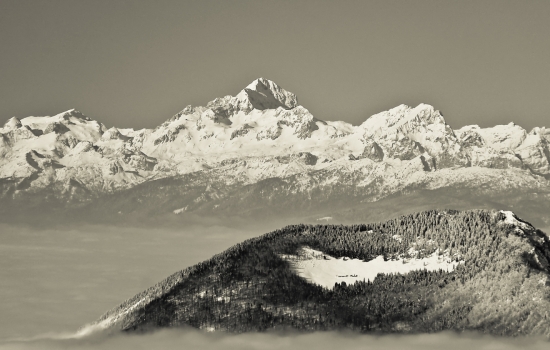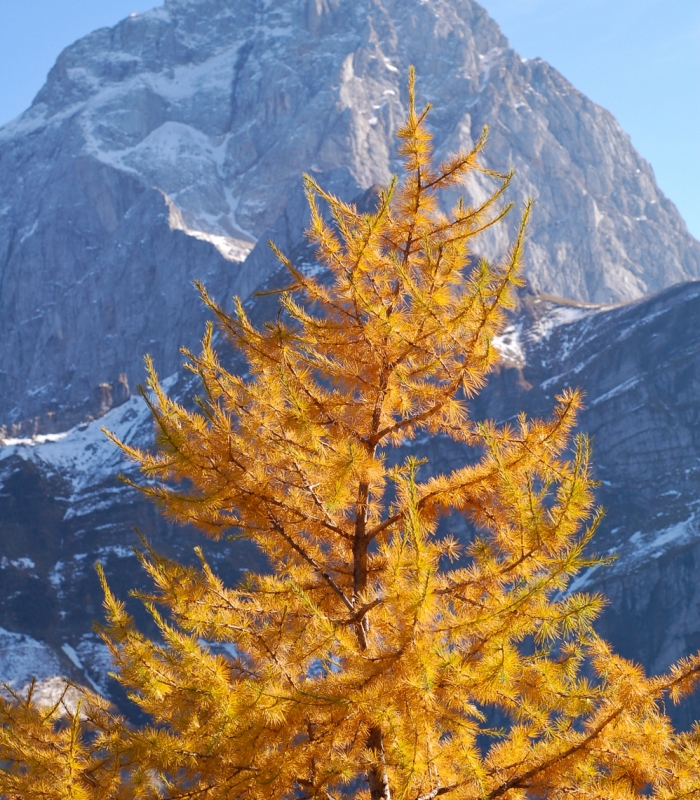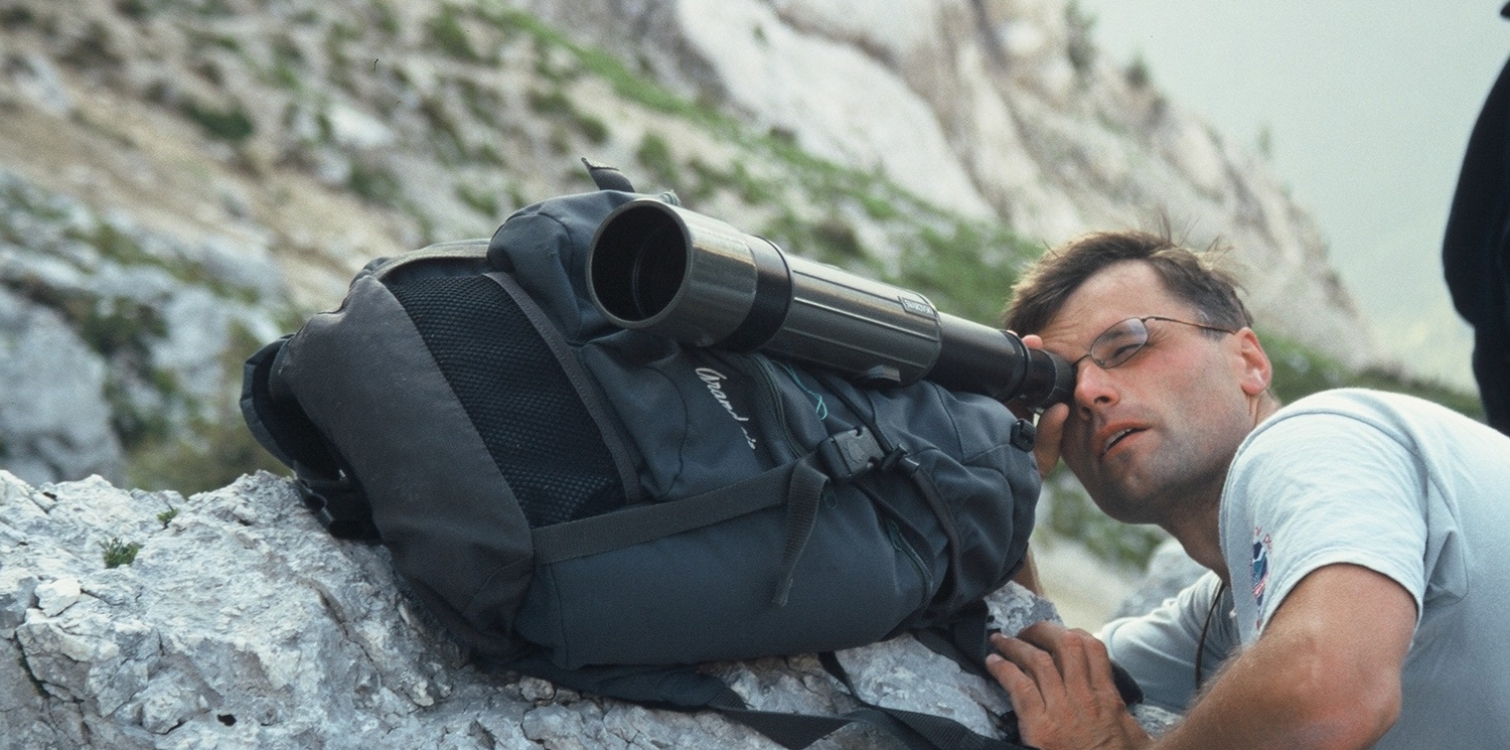Milestones in the history of Triglav National Park
- 1908, Dr. Albin Belar's proposal for a conservation park above Komarča
- 1924, creation of the "Alpine Conservation Park" in the valley of the Triglav Lakes (1600 ha)
- 1961, Decree declaring the Triglav Lakes Valley a "Triglav National Park" (2000 ha)
- 1981, enactment of the Triglav National Park Act
- 2010, new Act on the Triglav National Park and enlargement of the park (inclusion of the settlement of Kneške ravne and its surroundings)


The vision of The Triglav National Park
As a unique area of protected nature in the Alps, the Triglav National Park's priority objectives are conservation of ecosystems and natural processes, natural assets, diversity of habitats, plant and animal species, landscape quality and landscape diversity.
In the settled parts of the national park, the primary focus is to safeguard the cultural heritage and landscape quality, which is the result of long-term harmony between nature and man. With the support of competent government bodies, the inhabitants of the Park are ensured suitable economic and social conditions that promote sustainable development of activities that enable and encourage maintenance of populations and high-quality living and working environment, typical identity and traditional use of natural resources.
Conservation of natural and cultural heritage, sustainable development and communication with the general public are the challenges and tasks of the Triglav National Park, which assists the inhabitants and visitors to the Park through active cooperation, helping them become fully aware of the role and importance of protecting nature, cultural heritage and sustainable development in the Alps.
The national park is a model example of successful harmonisation of different interests focused on a common goal: well-preserved nature, landscape and cultural heritage. The values of a national park are a motive and an attractive goal for visitors who respect the exceptional nature and cultural heritage as well as the peace and quiet of the area. Through various forms of sustainable mobility and suitable park infrastructure visitors are directed towards less vulnerable parts of the national park where they are offered a wealth of opportunities for nature experience and relaxation.

